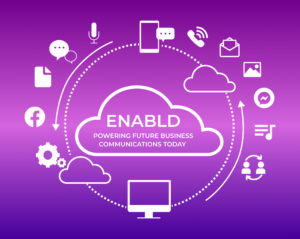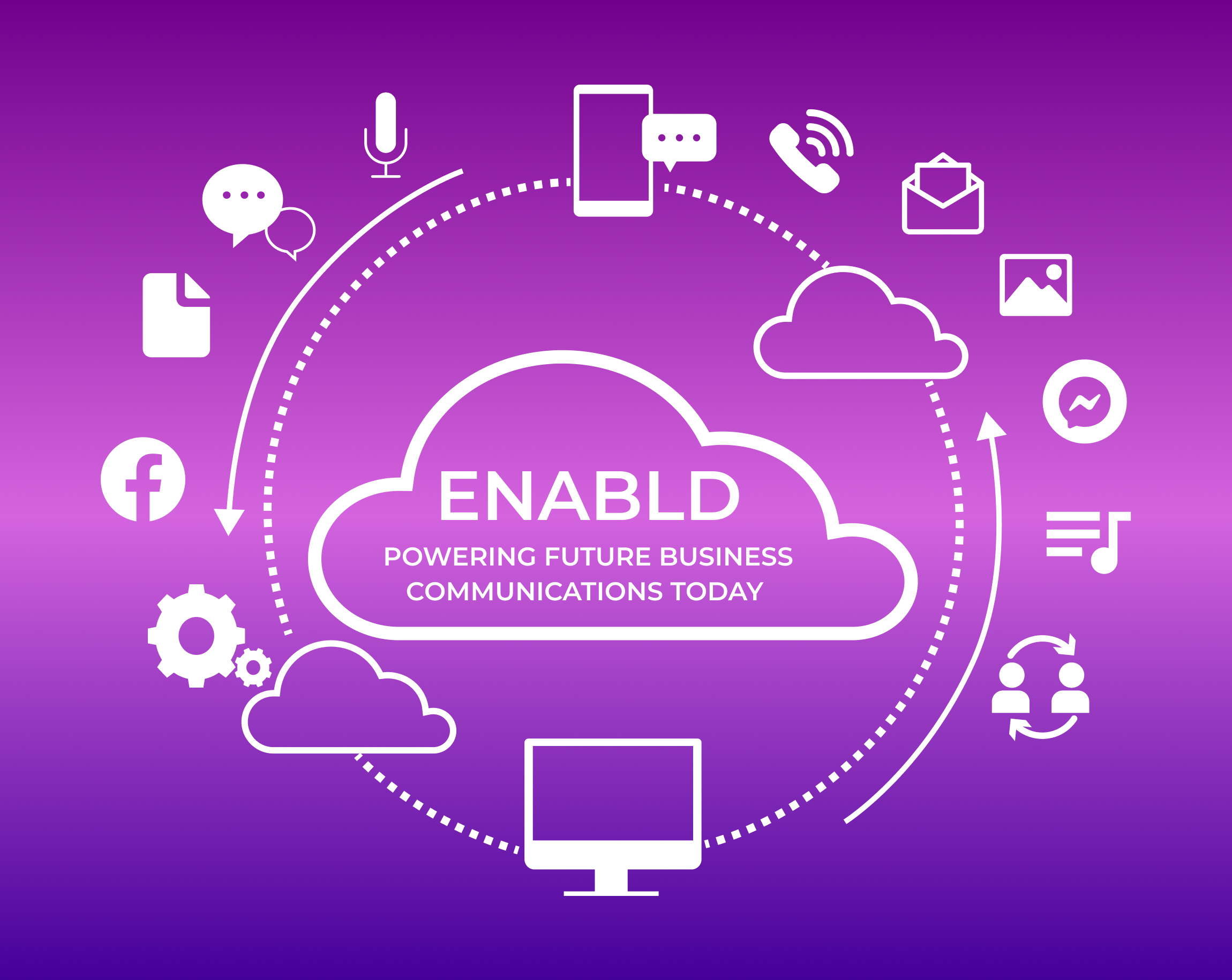 The pandemic aftermath
The pandemic aftermath
It’s not a secret, over the last 2 years and during the COVID-19 pandemic, our lives shifted in many ways. An old world slowly closed its doors while a new one emerged in the ashes of this old one. It impacted, not only our mental and physical health, our personal and professional day-to-days but in general our relationship with the digital world.
According to a Mckinsey study, it is said that during the first 12 months of the pandemic, society accelerated its digitalization by 3 to 4 years. Yes, you read this correctly… imagine a baby going from crawling and babbling to be able to play soccer, do ballet, and get intelligible vocabulary within a well-constructed sentence in 1 year of life, sounds like paranormal, no?
The impact of the pandemic has seen a massive amount of digital adoption at many levels, and enterprises, SMBs, mid-markets, and large ones had to swiftly adapt to not go bankrupt. As lockdowns and quarantine mandates forced many to close their doors or adapt by moving in-person working to work-from-home, it is undeniable that Telcos have had – and still have – a significant responsibility in supporting our economic landscape.
To strike back against business loss, some enterprises turned to digital opportunities to keep their businesses afloat — with global online sales growing 11% in Q3 of 2021 over the year previous. For example, retail boutiques built up their presence online while some restaurants had to turn to digital delivery apps. This created opportunities but also headaches during implementation, with little to no best practices and guidance.
Consumers Push the Telco industry to Digitize
The telecommunication industry needs to reinvent itself. It is clear today that a Telco shouldn’t be a mere pipe selling minutes, megabits, and diverse obscure plans to keep your phone and houses connected. Their role goes beyond that, they have the mandate to support our economy by providing swift connectivity across different channels, empowering enterprises in their digital journey. In that regard, we firmly believe that Telcos need to move away from old business models and transition to become SaaS companies.
Consumers that have been slower to adopt digital options noted security being a top challenge as well as communication between them and the enterprises going digital. As more retailers, fintech, and eCommerce startups enter the digital space, both security and communication have been key focuses to succeed among consumers.
For Telcos to successfully transition into their own digitalization it is key they propose to enterprises the right tools to reach the consumers and offer them a fully digital experience. Offering to enterprises the right tool to communicate with their consumer is a key asset for telcos to regain an enterprise segment where they lost ground over the years to CPaaS players. CPaaS technology has been around for a decade now, with a few leaders in that space, who slowly took over market shares of the communication space that used to be mutually exclusive between telcos and enterprises. Offering software as a service to their clients will be the key to telco’s success, helping them not only to keep people connected but also offering the tools for better communication and digitalization of SMBs, mid-market, and large enterprises.
Enterprises need a lighthouse to guide them in this journey, they will need a strategy to meet customers’ evolving preferences. By offering SaaS solutions to their enterprises, telcos will be able to remove barriers associated with customer acquisitions globally and succeed. As such, Communication is the first stepping stone in that journey, and solutions such as messaging tools, offering traditional and new messaging solutions will see telcos supporting enterprises gain more consumers and revenues ahead. CPaaS infrastructure enablement is a key and strategic area for telco’s digitalization journey and to support them in gaining back revenues.
A full solution stack like Enabld’s platform will help them in transitioning into offering SaaS solutions to the enterprises and developers’ market, arming them for the future of digital communication.



